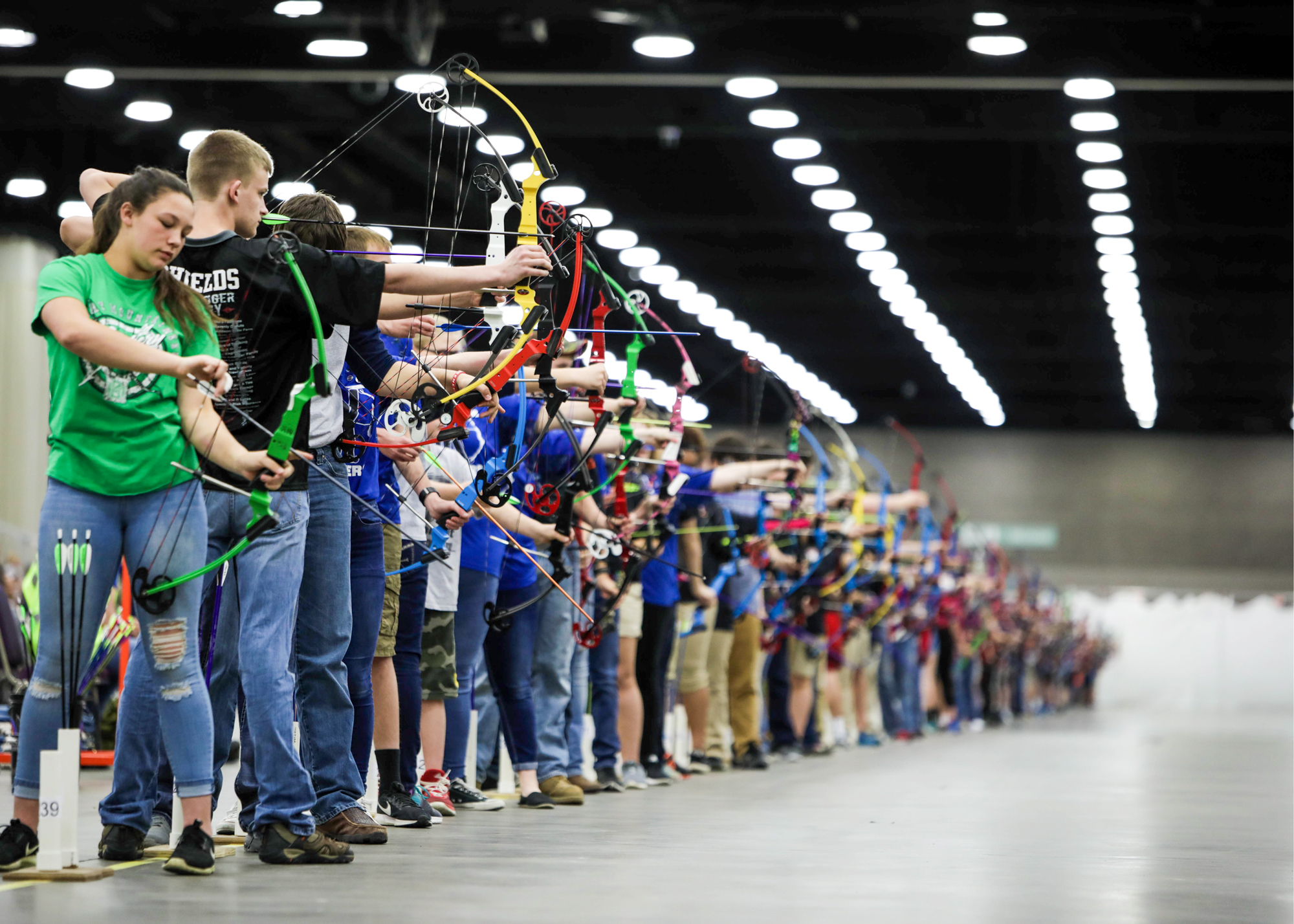Mack Shaffer, April – Archery is a multi-step process, and each step tends to have a designated posture or position, especially when an archer is first being taught how to shoot. Some changes can help the archer, while some just limit everybody. But what do the changes do? Specifically, what changes do what? How do they affect where the arrow goes? Well, from experience and experiments I conducted myself (just trying out the changes and seeing what happened to the target), I saw a variety of results from different changes. Some of the most prominent changes I tried, and made the most difference, are recorded below.

Some of the easiest changes happen to the elbow’s position. Two main things to consider with the placement of it, are one, how high the elbow is in the air, and two, how far back it is pulled. Observing the effects of the elbow’s height, it was seen that wherever the elbow was, the arrow would do the opposite. The lower your elbow the higher the arrow landed on the target, and vice versa. This likely happens as the elbow moves the hand, which in turn moves the string. Now, concerning how far back the elbow is, if it is pulled back quite far it tends to make the arrow move horizontally to some degree. It seems that when the elbow’s pulled that much the string and anchor point move tighter or further back than it would if one’s elbow is at the normal position, causing the arrow’s destination to move.

An array of changes can also occur in an archer’s fingers. Twisting or pulling the string when anchored and having fingers lift are two examples that can greatly affect an arrow’s landing spot. In the experiments when the string was twisted, there seemed to be no consistent effect, sometimes the arrow would go like normal, and other times it would go higher or to the left but it was never the same. It seems when the bottom of the string is pulled, it twists or slants it, and when the arrow is released the arrow gets pushed or spun in a different direction. In observation of the fingers lifting or no longer holding the string, specifically the pointer finger, the arrow would go higher but still have a decent grouping. From what I understand, the point of power (your fingers) is changed and creates this effect.

The palm/bow hand’s hold on the bow itself can be the cause of many changes, wanted or not. How well your hold is on it or how tight you hold the bow should be considered. In one of my experiences, something as simple as not having enough palm on the grip caused my grouping to suffer, as there was movement occurring when I released the string. Now, with an archer’s grip on the bow, if it’s too tight it can pull the arrows down and if held too loose, control can be lost.
There can be a large number of changes that can affect your score and how you shoot. And these are just some that I have noticed, thought about, and tested myself. If you try any to see if they’re useful or if you’re just bored, please remember that these tricks and others that may work for high-scoring archers may not work for you or other archers as everyone is different.



